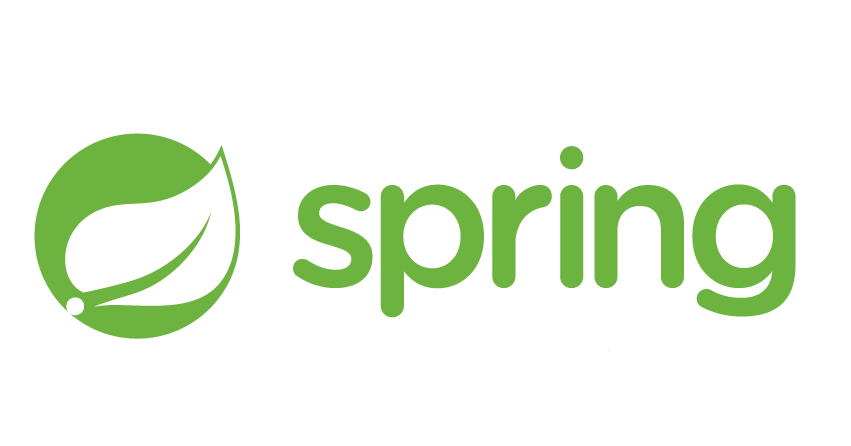In a previous post “A Spring REST and H2 database application on the Raspberry Pi” an example was described to store sensors and measurements in a H2-database through REST API’s with a Spring application on the Raspberry Pi. This application takes some time to start on a Raspberry Pi, and Adam Bien who makes the airhacks.fm podcastasked me if I could compare this to a similar Quarkus application.
Challenge accepted and here are the results… ;-)
Used tools
I used AdoptOpenJDK 11 and IntelliJ IDEA to build the application on PC. The sources of the Spring application are part of all the examples of my book “Getting Started with Java on Raspberry Pi”. In this post a similar application was made using Quarkus and Panache and the full code is also available on GitHub.
About Quarkus
Quarkus is open-source and initially developed by Red Hat, to provide “Supersonic Subatomic Java”. It’s a Kubernetes Native Java stack, tailored for OpenJDK HotSpot and GraalVM, using the best Java libraries and standards. It promises to use less memory and start faster compared to other cloud-native stacks.
About Panache
Panache allows you to simplify your database code with Quarkus, for a full description see “Quarkus — Simplified Hibernate ORM with Panache”. It builds on top of Hibernate ORM to map Java objects to relational database records.
#quarkus #java #spring-boot #programming #raspberry-pi
